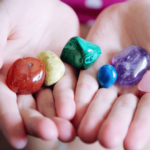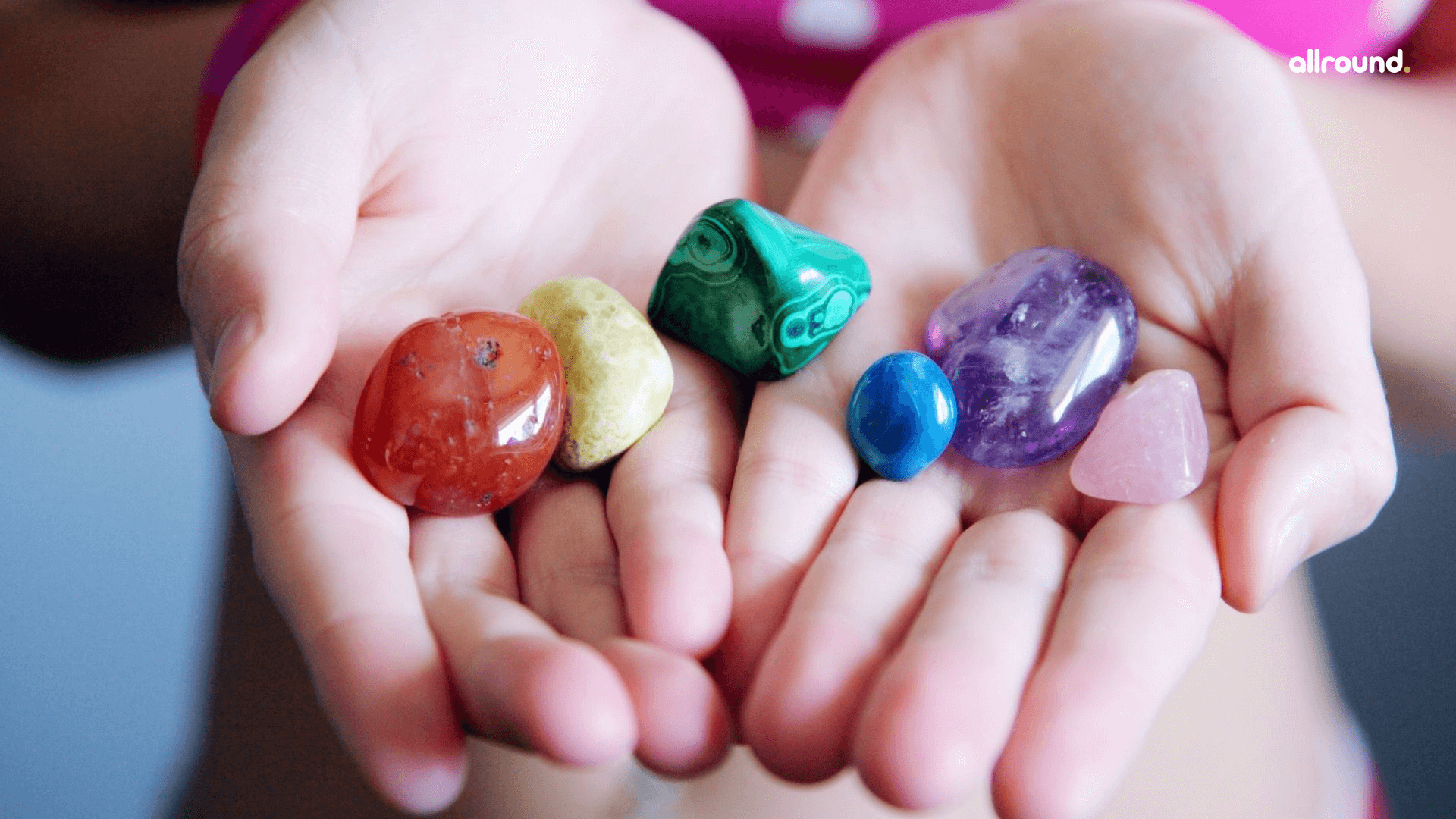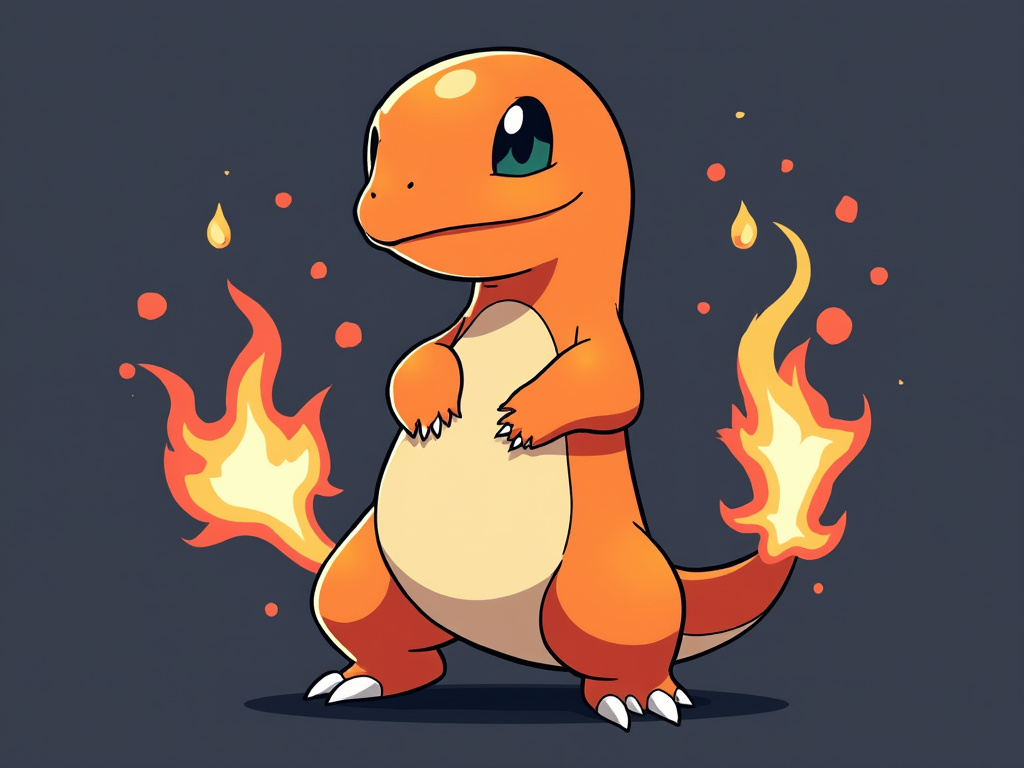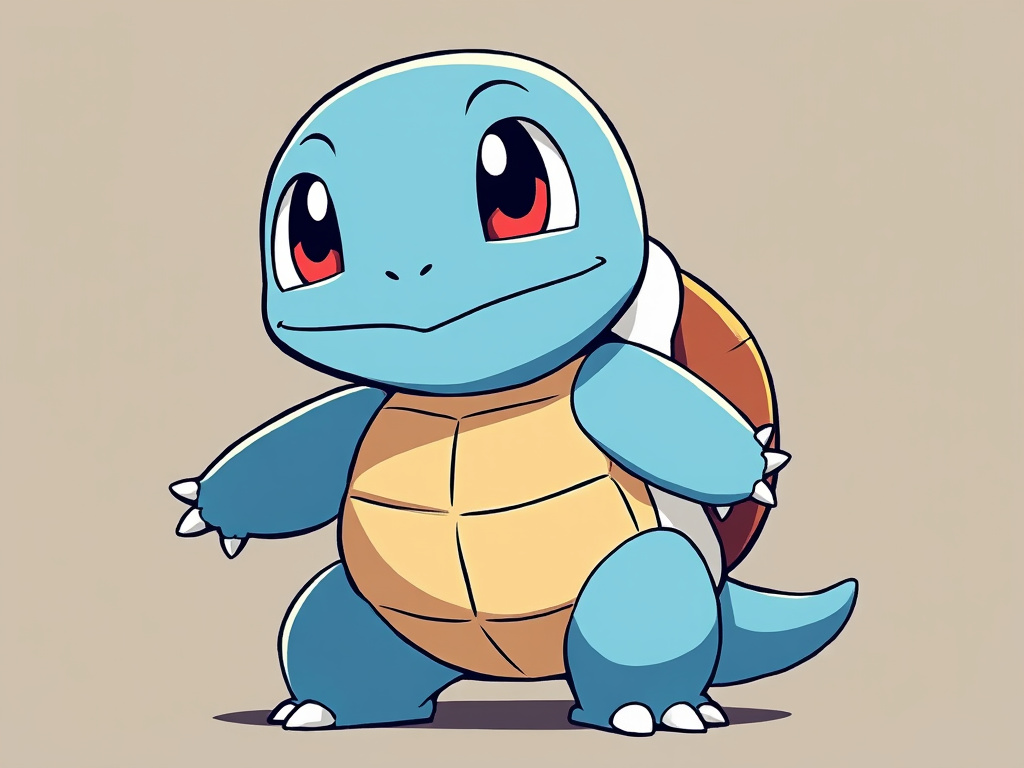10 Easy Ways to Start a Rock Collection5 min read
Collecting rocks and minerals is an exciting and rewarding hobby – full of fun, adventure, and hands-on opportunities to learn more about our world’s geology – all while building an important anecdotal and historical record. Beginners who are interested in discovering different and interesting rocks might follow the steps below to get started.
Contents
1. Do research, understand what you are looking for, and be open to discovering
Begin by learning about your local geology – what minerals and rocks are found in your current location? Are there any geological features or caches of interest? You may become acclimated to utilizing the instruments of the trade and practise your gathering abilities without travelling out into unknown territory by familiarizing yourself with the samples available near your home base. In other words, what kind of terrain does your area fall under and what kind of rocks are found there, these are the two key aspects in getting started.
2. Join a group
What better way to learn about collecting than to meet people who have the same passion as you? Your local mineral collector’s club is an excellent way to learn more about your area and how to collect the best minerals. There’s no sense to reinvent the wheel when you can tap into the wisdom of others who have gone before you – and collector’s clubs are also a fantastic way to hear about upcoming events, expeditions, and reunions.
3. Collect the necessary equipment
If you decide to self-collect, you’ll need some basic equipment to get started, though you don’t need to spend a lot of money. Safety glasses, a short-handled shovel, a strong rock hammer or geologist’s pick, a mallet, a chisel, a bucket, work gloves, and a pair of durable boots should all be included in a good beginner’s toolkit, which can be bought at most hardware stores or your local tool shop. Don’t be concerned about complex equipment; as your specimen collection expands and your collecting technique improves, you can always add more sophisticated items to your toolkit. Any rock collector’s basic tools include a magnifying lens and a geologist’s hammer. A geologist’s hammer’s head features two sides: a blunt and a pick end. It’s great for breaking off rock specimens and trimming them down to display size. When hammering rock, always wear safety glasses to prevent sharp chips from flying up and hurting your eyes. A field guide to rocks and minerals, gloves, newspaper to wrap rocks in, labels, and a felt-tip marker are all possible additions.
4. Record your collection
Begin keeping a record or database of your specimens as soon as possible. Maintain a record that identifies each specimen by a unique name or number, mineral and varietal names, the year it was mined, and other pertinent information (including the mine name, as well as specifics such as depth of find or level). Including the amount paid for purchased specimens, as well as any other information about their past history or exhibition, will help you determine the future value of your collection.
5. Cleaning and displaying rocks
It’s a good idea to keep track of when and where you find rocks as you gather them. You can use a piece of tape to produce a temporary label and adhere it to your rock. In a field notebook, jot down the details of your discovery. The majority of the time, rocks don’t need to be treated in any way. You can gently clean them with an old toothbrush after rinsing them in cold water. Egg cartons and shoeboxes work well as rock storage containers. If you want to show off your rocks, try putting them in a stylish glass jar. Cases with distinct sections and transparent covers are also available.
6. Labels should be kept
If you get specimens from someone else, keep any identifying labels, records, or information that comes with them. The history of your specimens is what identifies them as distinct – and, in some circumstances, uncommon. This information contributes to the tale or provenance of your collection, as well as increases its interest and worth.
7. Make use of dependable reference materials
Investing in a decent reference book, as well as other resource materials and periodicals, is a terrific idea.
8. Learn how to trim and display your collection properly
You can learn a lot about how to correctly trim your pieces by studying the display of pieces you enjoy. You’ll acquire an eye for display by studying what makes a good specimen stand out, which will help you trim and balance your display pieces when you’re ready to invest in the equipment. If you require assistance with cleaning or trimming fine mineral specimens, please contact us.
9. Minimize the size of mineral collection if one decides to go ahead with it
It may seem counterintuitive, but buy a great display cabinet or case and just gather what will fit within. This will help you choose your specimens with care – and avoid the all-too-common problem of an out-of-control collection. It’s pointless to gather items that sit in storage for years unnoticed – if you can’t find a place to display your collection, you might as well not own it! Also, if you’re in need of a good downsize, don’t overlook the possibility of trading. You might be able to get one or two excellent display examples by bundling your less attractive pieces.
10. Develop connections and work on interpersonal relationships
Many dealers travel long distances to attend the top fairs and symposiums, as well as to visit certain locations and engage with other collectors. Develop contacts with a few reputable dealers once you’ve settled on the subject of your collection, whatever that concentration may be. If you tell them what kinds of specimens you’re looking for, they could be willing to alert you when they come across a good value or a unique item. Many dealers also have their own websites, which may be a great place to find images, articles, and information about new findings.
Rock collection, although it may have become archaic and gone out of fashion, it’s still the most interesting and sought-after hobby. Rock collecting is a wonderful adventure that allows one to try out different things, have fun and gain knowledge all at the same time.





